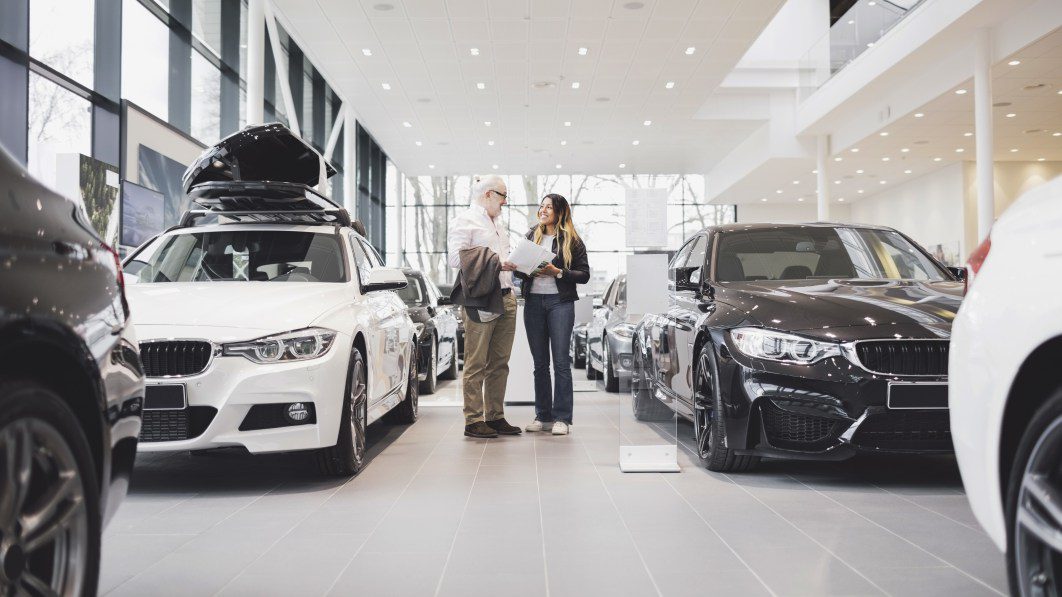What is dealer invoice? And is that what you should pay?

This is part of our Car Buyer’s Glossary series breaking down all the terms you need to know if you’re buying a new or used car from a dealership.
The dealer invoice is, in theory, the price a car dealer pays to buy a car from the manufacturer directly, and appears on the invoice from the manufacturer. The reality is a little more complicated, as we’ll reveal. But it’s important to recognize that an invoice price is different than MSRP (Manufacturer’s Suggested Retail Price), and also doesn’t include any dealer mark-up, destination charge, tax, title, licensing or any registration fees.
But what do dealers really pay?
The price listed as the dealer invoice price is almost always higher than what the dealer actually pays to a manufacturer for a car due to a situation known as holdback – a murky, grey area that dealers are reluctant to discuss with customers – and manufacturer-to-dealer credits that are not passed on to customers.
Holdback provides a little padding to dealer profits by artificially elevating the paper cost (dealer invoice) of a car, usually by 1 to 3 percent. Holdback is a payment from the manufacturer to the dealer that is paid at some point after the sale of the vehicle, normally quarterly. Dealers will almost never disclose the holdback amount. We (and other consumer sites) recommend that you use it for your own reference, not as a bargaining chip in negotiations.
The point is, this shadowy holdback situation makes buyers think that paying invoice price is getting the car at the dealer’s cost, but that’s not necessarily the case. But remember – real-world transaction prices are set by supply, demand, and negotiating skills. Negotiating down to invoice – regardless of holdback or rebates – might be a great deal, or a lousy one. It all depends on the car.
How do dealerships use the dealer invoice price?
Sometimes, dealers will reveal the invoice price during negotiations to show that the price they’ve agreed to is not making them much, if any, profit. And car dealers are a for-profit business, after all – they’re entitled to make some money on a deal. So, the customer might think it’s fair to pay the listed invoice plus a couple hundred dollars so the dealer makes some minimal profit on the deal.
As you’ve seen above, however, with holdback and manufacturer-to-dealer credits, the invoice price is most likely inflated. This makes their negotiation tactics more successful, since a customer might think the dealer is giving them the car at or near cost. A dealership is able to sell a car at or around the invoice price and pocket the dealer holdback we mentioned earlier as its profit on the car.
So, negotiating to the dealer invoice price is not always in your best interest. Many times, other discounts can bring your purchasing price far below what the dealer invoice actually is – in particular, read up on manufacturer-to-consumer rebates and incentives, which don’t affect a dealer’s bottom line but may bring your effective price to well below the listed invoice price.
What does it mean for your wallet?
Invoice price is a good place to start determining your real-world price, since you can get a sense of what real cost is by guesstimating what the holdback might be. And by shopping around, checking your bottom line numbers against real-world sales data (like Edmunds TMV or Autoblog’s Smart Buy price), and applying manufacturer incentives, you might get a deal that’s well below listed invoice.
But you shouldn’t go barging into a dealership and demanding to pay dealer invoice on every car. Some dealers might not be able to part with a hot-selling car anywhere near invoice price. The hotter a car is, the less negotiating leverage you may have. And the converse might be true, too. Invoice represents a useful baseline to think about what you should pay, but it’s not the final word.



